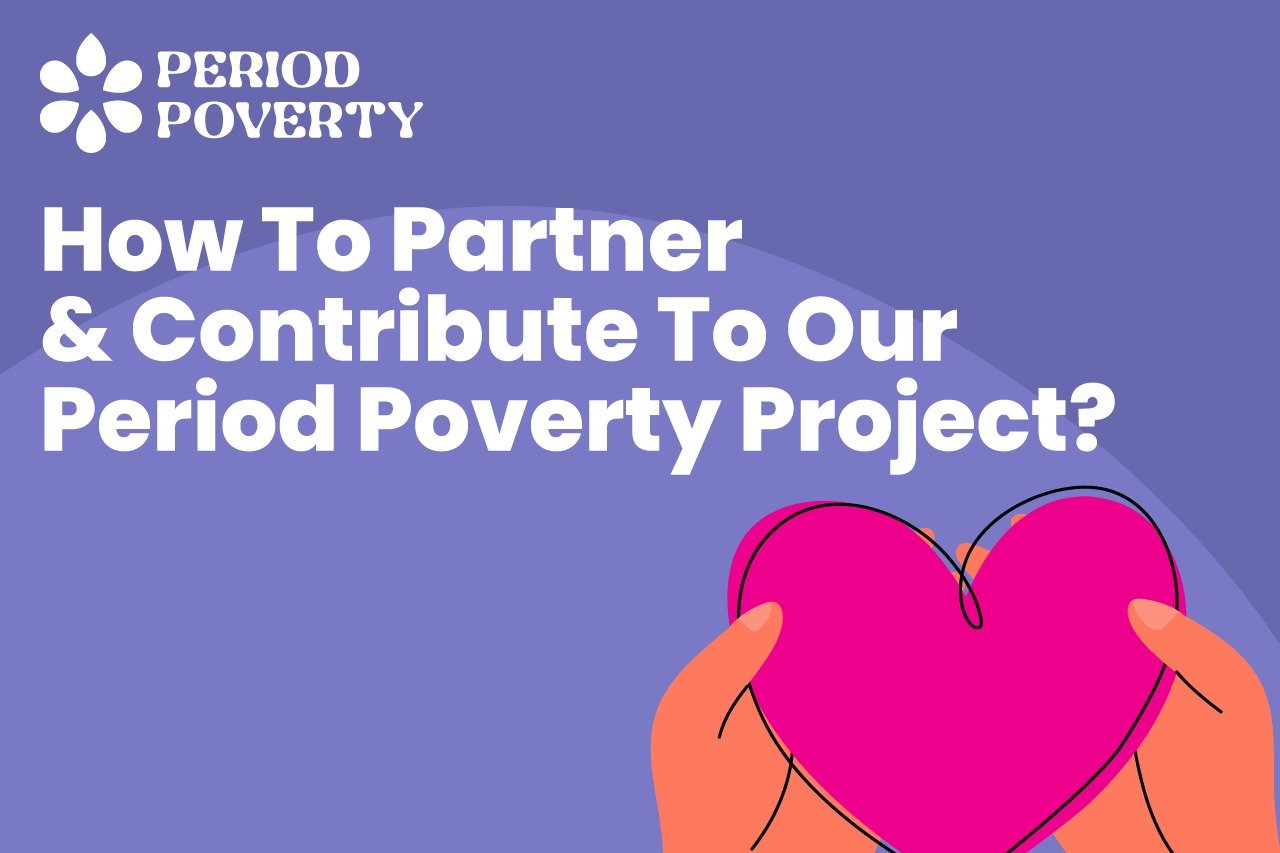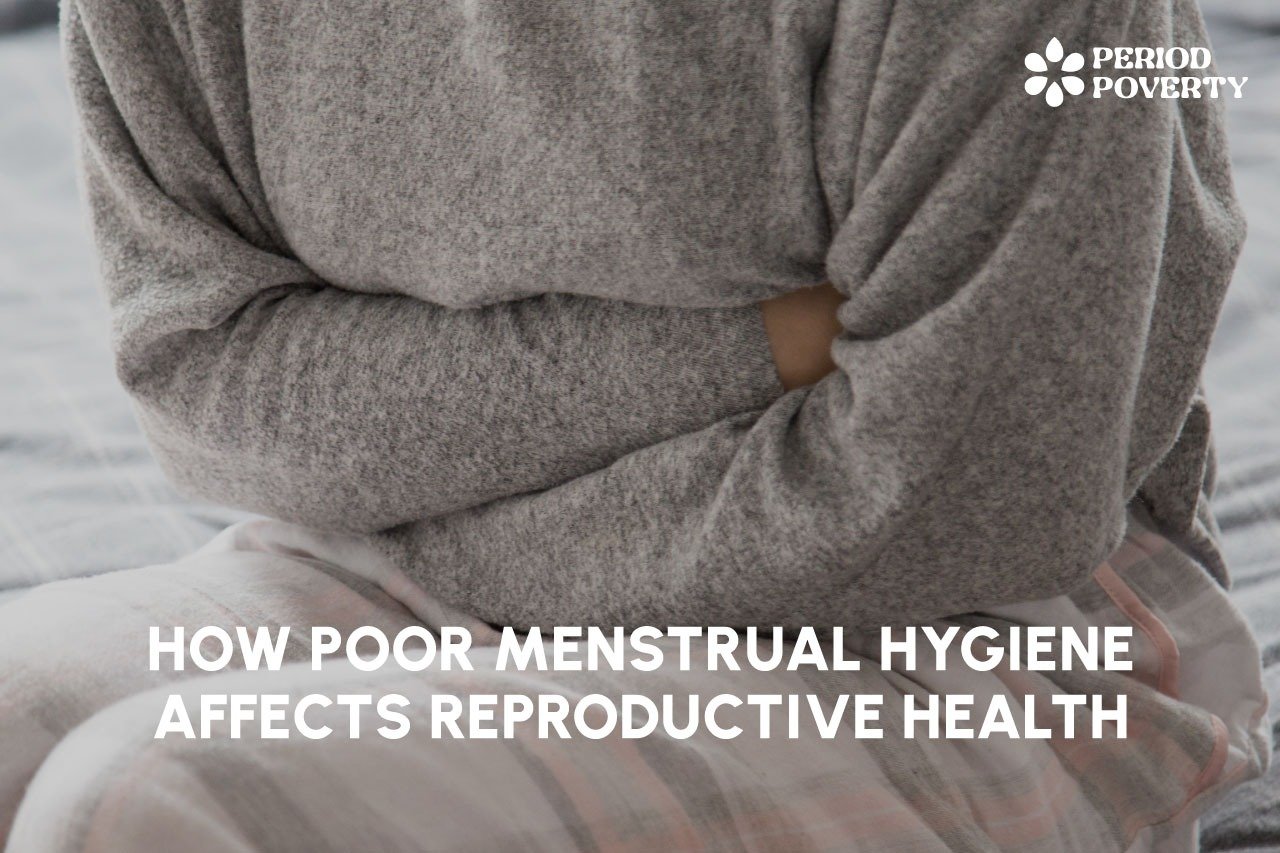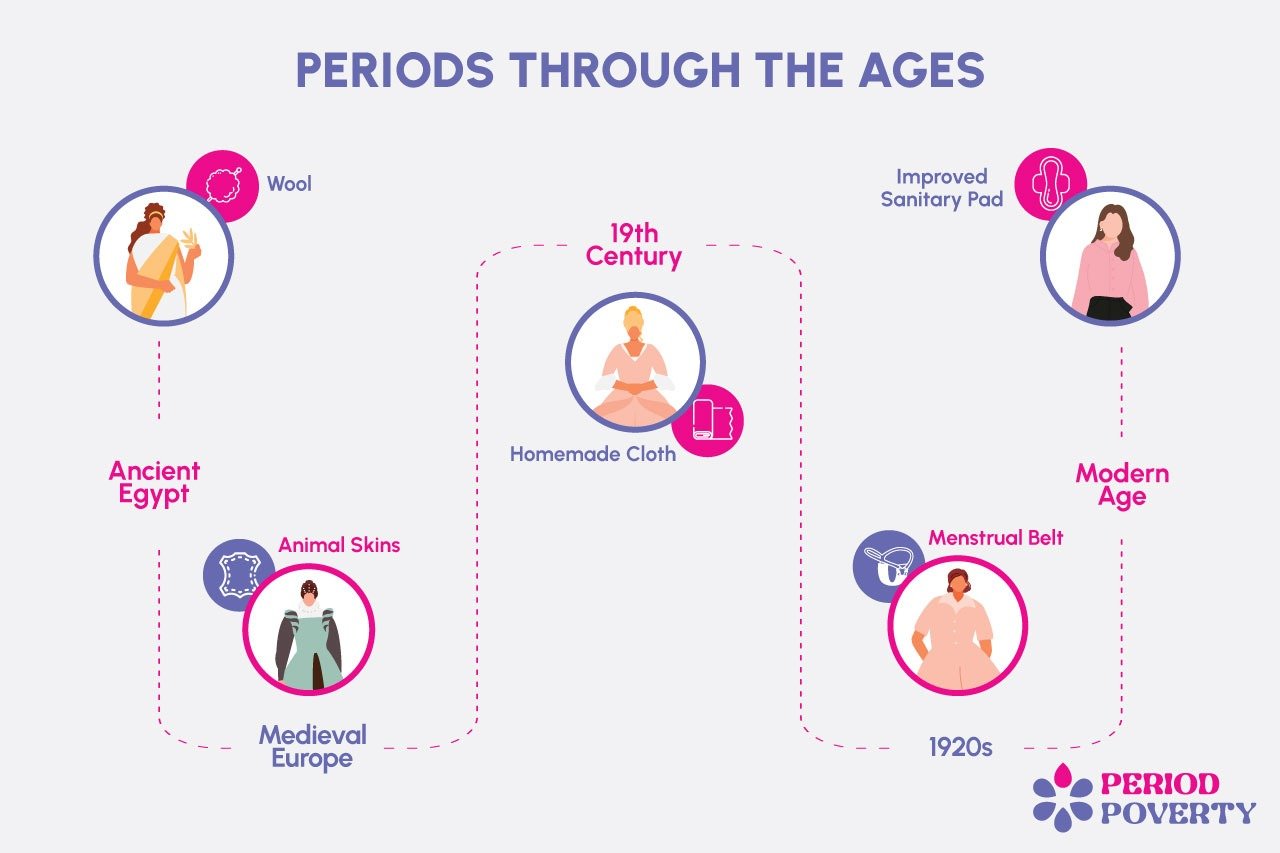Climate change, a global challenge reshaping our environment, intertwines intricately with the realities of women’s lives, particularly concerning their health and well-being. Within this complex interplay lies a crucial concern: period poverty. Defined by the inability to access menstrual hygiene products, adequate sanitation facilities, and comprehensive education about menstruation, period poverty intersects profoundly with the impacts of climate change, amplifying the struggles faced by women worldwide. The ramifications of climate change exacerbate existing vulnerabilities, disproportionately burdening women due to their pivotal roles in caregiving, prevailing economic disparities, and restricted access to essential resources. This blog highlights a pressing issue: the disproportionate impact of climate change on women, intensifying the challenges surrounding period poverty. Understanding and addressing the primary link between these factors becomes indispensable in mitigating their combined effects and fostering sustainable solutions.
Period poverty is not just a consequence but a manifestation of the intricate nexus between gender, environmental shifts, and societal structures. Climate change, with its array of consequences, from extreme weather events to resource scarcity, disproportionately affects women. Their roles as primary caretakers, coupled with limited access to resources and economic opportunities, exacerbate the challenges posed by environmental disruptions, further complicating their ability to manage menstrual health. This multifaceted interconnection between climate change and women’s experiences magnifies the barriers to menstrual health management, culminating in a pressing global concern. As these issues converge, understanding the complex landscape becomes essential in creating effective strategies and initiatives to uplift women and address the entwined challenges of period poverty and climate change.
Climate Change and Environmental Disruptions
Climate change triggers a spectrum of environmental disruptions, from heightened frequency and intensity of extreme weather events to shifts in precipitation patterns and rising sea levels. These alterations disrupt ecosystems and exacerbate existing vulnerabilities, significantly impacting women, especially those in vulnerable communities. In disaster-prone areas, women often face amplified risks due to their social roles. For instance, during natural disasters, women might encounter difficulties accessing clean water, proper sanitation, and healthcare facilities, directly impacting their ability to manage menstrual hygiene. Moreover, displacement and loss of livelihoods due to environmental upheavals place additional burdens on women, increasing their susceptibility to period poverty and related health challenges.
Impact on Menstrual Health
Climate change-induced disruptions severely compromise access to clean water and sanitation facilities, directly affecting menstrual hygiene management for women. Scarce and contaminated water sources due to droughts, floods, or contamination from natural disasters make it challenging for women to maintain proper menstrual hygiene. In disaster-affected areas, damaged infrastructure and disrupted supply chains further exacerbate these challenges, leading to inadequate access to menstrual products and sanitation facilities. Consequently, women resort to using unhygienic alternatives, increasing the risk of reproductive tract infections and other health complications. The lack of proper menstrual hygiene management in these circumstances amplifies the health risks and poses significant challenges for women in maintaining their menstrual health and well-being.
Economic Implications
Climate change-induced economic disparities disproportionately impact women, especially those in marginalized communities, exacerbating financial barriers to accessing menstrual products. Women often bear the brunt of climate-related economic challenges due to existing gender inequalities, limited access to resources, and traditional socio-economic roles. As climate change disrupts livelihoods, agricultural patterns, and local economies, women in these communities experience increased financial constraints. The rising costs of basic necessities, including menstrual products, amidst economic instability further compound the challenges faced by women. For many, purchasing sanitary products becomes an unaffordable luxury, forcing them to resort to makeshift solutions or compromise on other essential needs, perpetuating the cycle of period poverty and deepening the economic divide among genders in vulnerable areas.
Social and Cultural Factors
Climate-induced crises intersect with existing social and cultural taboos around menstruation, intensifying the challenges women face in managing their periods. In many cultures, menstruation carries stigma and shame, leading to restricted discussions and limited education about menstrual health. Climate-related disasters exacerbate these taboos by disrupting daily life, exacerbating conservative norms, and hindering open dialogue about menstrual hygiene. Women often face increased social isolation during crises, limiting their access to support networks and necessary information about menstrual health. The intersectionality of gender, climate, and culture intensifies the barriers to managing periods, as women grapple not only with the practical challenges posed by climate change but also with the cultural barriers that impede their ability to address their menstrual needs openly and access essential hygiene resources without shame or discrimination.
Resilience and Solutions
In response to climate-induced challenges impacting menstrual health, community-based solutions are emerging to foster resilience and address period poverty sustainably. Initiatives focus on promoting sustainable menstrual hygiene management practices, such as producing eco-friendly sanitary products like Pure pads or implementing disposal methods to mitigate environmental impacts. Community-led programs also emphasize education and awareness campaigns, empowering women with knowledge about menstrual health and environmentally conscious practices. Moreover, advocacy efforts are gaining momentum, advocating for policies that address the dual challenges of climate change and period poverty simultaneously. These initiatives highlight the interconnectedness of these issues, aiming to bring about systemic changes, promote gender equality, and ensure access to clean water, sanitation, and affordable menstrual products within the framework of climate resilience and sustainability.
In conclusion, the intricate interplay between climate change, gendered impacts, and period poverty unveils a complex web of challenges faced by women worldwide. The disproportionate burden borne by women in the face of environmental disruptions exacerbates period poverty, amplifying health risks, economic disparities, and social barriers. It’s imperative to recognize and address these interconnections comprehensively. Collective action is crucial at local, national, and global levels to enact meaningful change. This involves prioritizing gender-responsive climate policies, investing in resilient infrastructure, ensuring equitable access to resources, and fostering inclusive education and advocacy efforts. Empowering women and marginalized communities through collaborative, cross-sectoral initiatives will not only mitigate period poverty but also contribute to climate resilience, advancing towards a more sustainable and equitable future for all.
To learn more and support our initiatives addressing these issues, visit our website at www.ppoverty.org.






